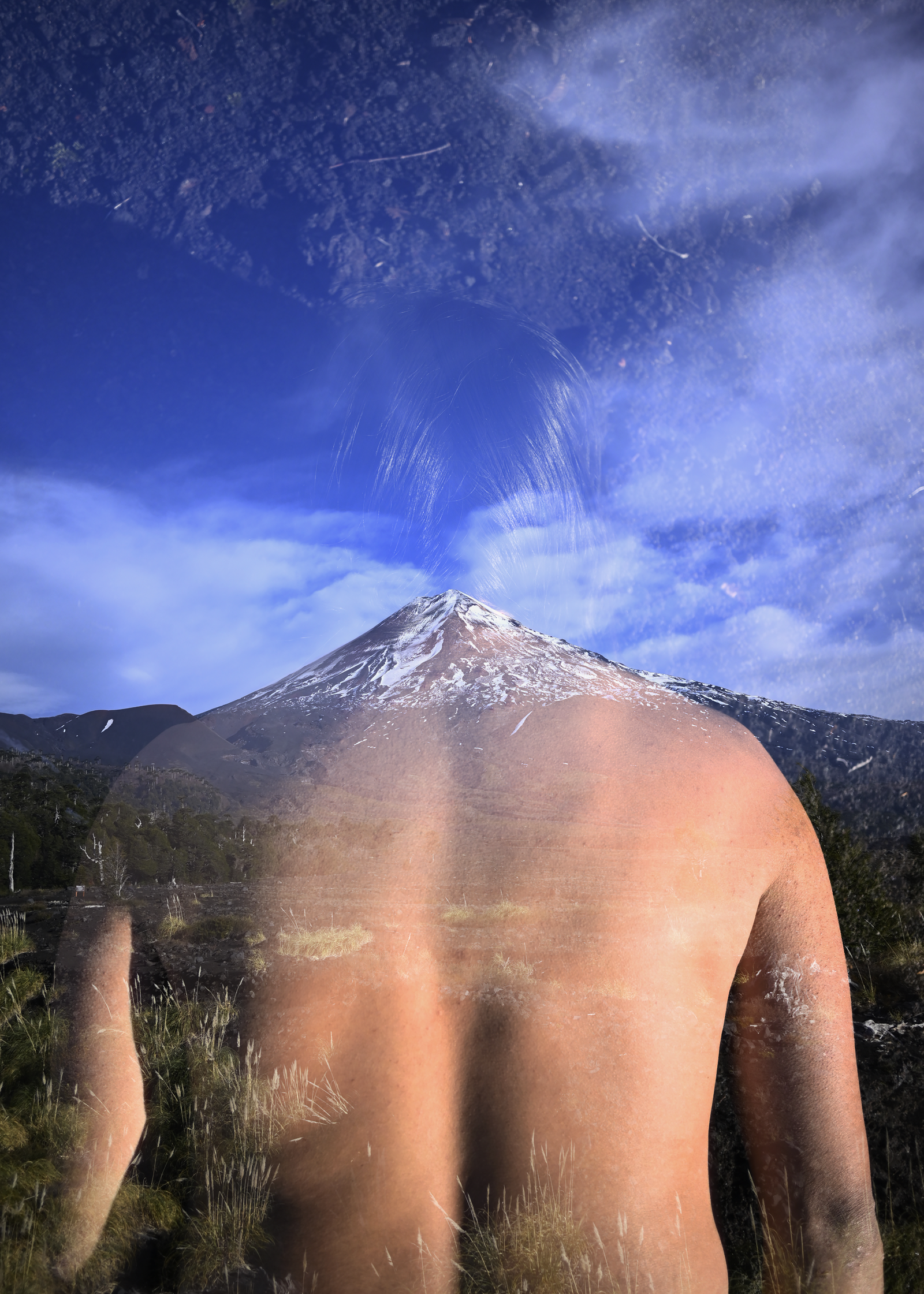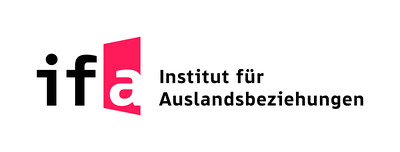November 15, 2024–February 23, 2025
Volcanos are related to both the creation and destruction of land—volcanic eruptions have created landmasses such as new islands, as well as being potent devastators, often changing the course of the planet. As a way of understanding the world beyond geopolitics, and in terms of the connections that we share through volcanic cartographies, this exhibition traces the cultural, political, and spiritual practices connected with the recurring volcanic cycles of birth, existence, destruction, and recovery.
The project is dedicated to the knowledges emerging from the largest range of volcanos known as the Ring of Fire, which links distant territories, lives, and memories between Abya Yala / the Americas and Asia. The artists in the exhibition created languages that interrelate to the volcanic contexts, reminding us that nature is not a stable background, but that it is constantly changing through its own agency, and is therefore very much alive.
For the Mapuche, the largest indigenous group in Chile and Argentina, volcanos are called Pillan, referring to the ancestors and warriors who, when they die, transform and guard these mountains. They are symbols of resistance and protective forces. The artist Seba Calfuqueo embodies this belief, linking the body and the mountain as planetary relatives. Neyen Pailamilla performs a dialogue with the landscape of the Rukapillan, narrating an erotic dream through associations between desire, water, sound, and the lushness of the forest.
Beyond nations and nationalities, the range of volcanos connects us to the rhythm of life, from a system of organisms to stories of migration. Mena Guerrero leads us through a mural to relate to underground forces, the magma of the volcano as a process of life that can create and destroy, and as a female force that offers ways of belonging. Through a ceramics studio, Monai de Paula Antunes & Silvia Noronha extend their practice into the exhibition, relating to the formation of matter, soil, and fire, and the timeless play of creation and destruction, and the unfolding of worlds. Antonio Paucar’s work operates through the body and the use of medicinal plants that, like the eruptive gesture of the mountain ranges, experiences catharsis, cleansing, and reordering. Through the apparition of a long (a Chinese dragon) in the volcanic lagoon of Ipala in Guatemala, Esvin Alarcón Lam’s work connects inter-generational histories of migration from China to Abya Yala. The collaborative textile and photographic works by Gabriel Rossell Santillán, Luis Ortiz, and the Nahuatl art collective Arte a 360 grados act as story-telling devices about the migration of volcanic mountains through the process of mineral extraction that they face, becoming a symbol of resistance.
In many cultures, volcanos represent feminine forces, as in Saúl Kak & Charles Fairbanks’s documentary about the aftermath of the eruption of Chichonal / Piowachuwe, “the old woman who burns” (Chiapas, Mexico), which addresses the cyclical drives of catastrophe and renewal. Raven Chacon creates an audiovisual piece for four female vocalists to sing the irregular horizon line of the volcanic crater of the Jemez Mountains, through a relationship in which the environment becomes the score. Citra Sasmita revitalizes a nineteenth-century poem by the Balinese queen I Dewa Agung Istri Kanya at the royal palace of the Karangasem kingdom, linking the poem’s personal memories to a political anti-colonial call within the cosmology of the surrounding Agung volcano. Lisa Hilli’s photographic series depicts body adornment practices that the artist recreates to activate matrilineal identity and intertwined relationships with the land, ocean, animals, and Rakaia, the spirit of the volcanos in Rabaul, Papua New Guinea. Tita Salina & Irwan Ahmett present part of their decade-long body of interventions examining vulnerability, humanity, and politics across the trans-Pacific space of the Ring of Fire.
Exhibition curated by Paz Guevara and Cristian Vargas Paillahueque, in conversation with Bettina Korintenberg and Gabriel Rossell Santillán, in the context of the one-year programme Agua Quemada (Burnt Water) at ifa Gallery Stuttgart.
Artists: Esvin Alarcón Lam, Seba Calfuqueo, Raven Chacon, Santos Chávez, Mena Guerrero, Lisa Hilli, Saúl Kak & Charles Fairbanks, Luis Ortiz, Gabriel Rossell Santillán, Arte a 360 grados (Maurilio Sánchez Flores, José Luis Romero Chino, Emmanuel Tepal Calvario), Neyen Pailamilla, Monai de Paula Antunes & Silvia Noronha, Antonio Paucar, Tita Salina & Irwan Ahmett, Citra Sasmita



